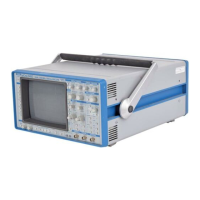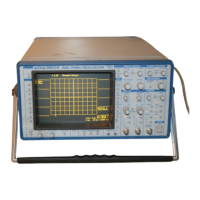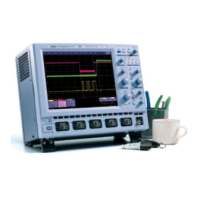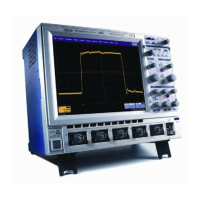6
Wave form Structure
|
|
MORE CONTROL OF
WAVEFORM QUERIES
HIGH-SPEED
WAVEFORM TRANSFER
188
There are many different ways for you to use the WAVEFORM?
command which may simplify or speed up your work. Among
them are:
¯ Partial readout of waveform
The WAVEFORM_SETUP command allows you to specify a
short part of a waveform for readout. It also lets you select a spars-
ing factor to read only every n’th data point.
¯ Byte swapping
The COMM_ORDER command allows you to swap the two bytes
of a 16-bit word. In fact, byte swapping is done for all numbers
represented by more than one byte. This is the case for the des-
criptor, the time blocks, and WORD arrays, thereby simplifying
data interpretation for some computer systems (e.g. INTEL based,
or DEC)
¯ Data length, block format, and encoding
The COMM FORMAT command gives you control over these
parameters, i-f you do not need the extra precision of the lower
order byte of the standard data value, the BYTE option lets you
save a factor of two on the amount of data to be transmitted or
stored. If your computer is not able to read binary data, the HEX
option allows a response form where the value of each byte is given
by a pair of hexadecimal digits.
¯ Data only transfers
The COMM_HEADER OFF mode will allow you to get a response
to WF? DAT1 with the data only (the CI:WF DAT1 will disap-
pear).
If you have also specified COMM_FORMAT OFF,BYTE,BIN,
you will just get a response of data bytes (the #90000nnnnn will
disappear).
¯ Formatting for RS-232 users
The COMM_RS232 command can help you by splitting the very
long WF? response into individual lines
In order to achieve the maximum continuous data transfer rates
from the oscilloscope to your instrument you will have to optimize
many factors. The single most important point is to limit the work
done in your computer. This means avoiding having to write the
data to disk, minimizing the per data point computations, minimiz-
|
|
II
|
I
II
I
1
|
I
1
|
|
II
II
I

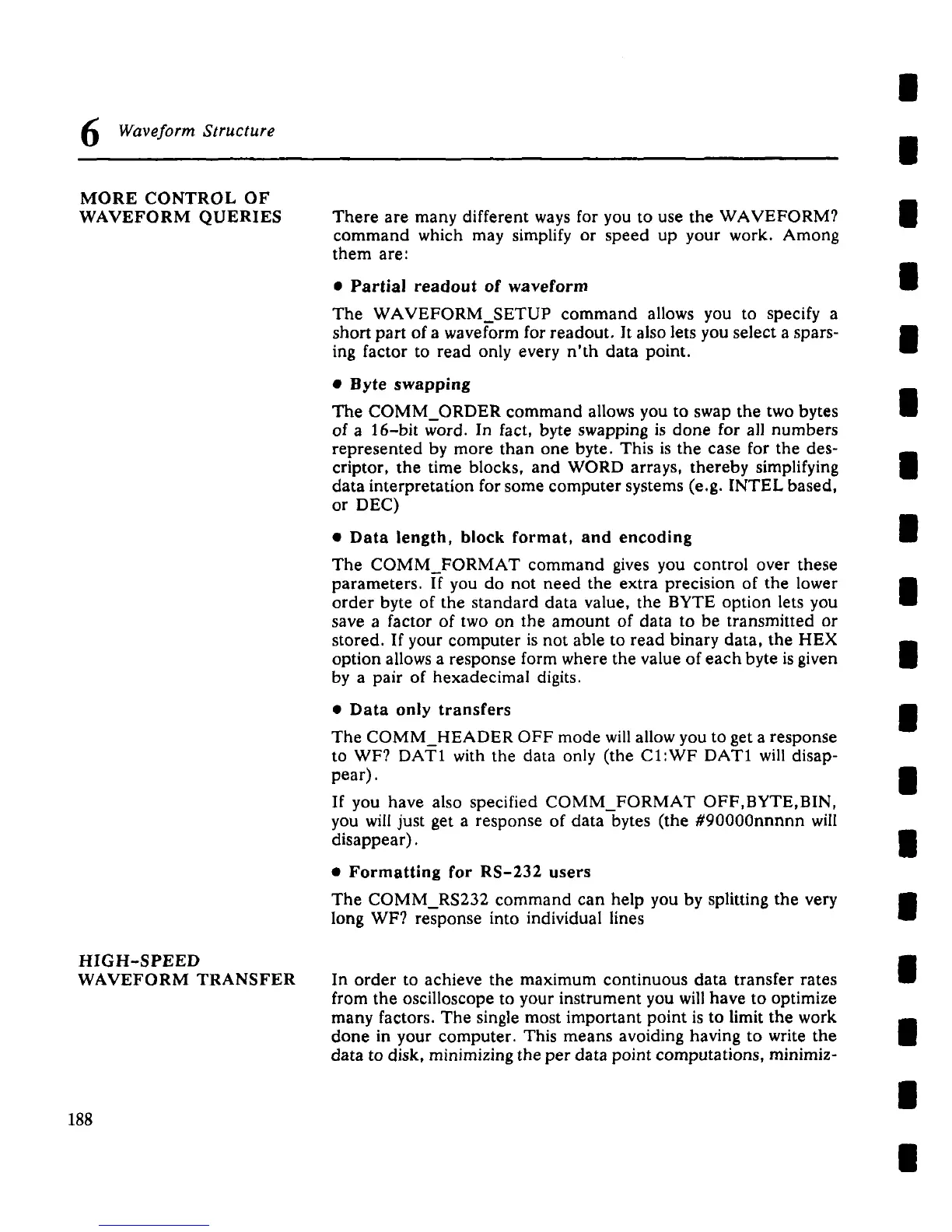